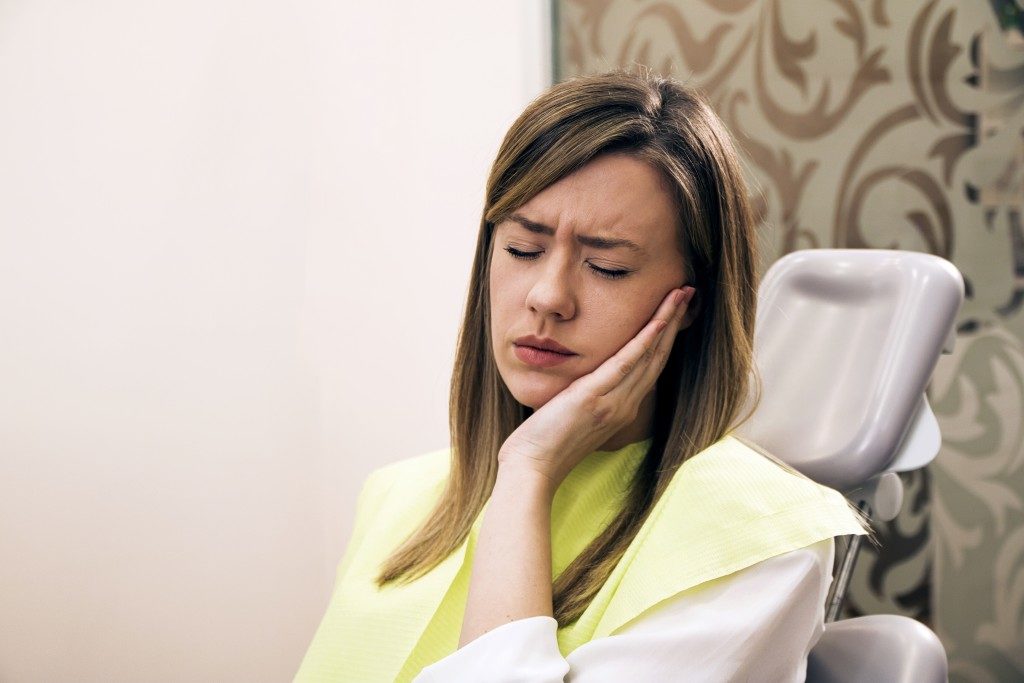After getting a filling for cavities, you probably expect that pains will now just be a thing of the past — only that isn’t true in your case. The truth is, days after your dental procedure, a little discomfort is inevitable. Remember, your tooth just got drilled down, and the numbing chemical wore off already, so you will experience some sensitivity, especially when you eat hot or cold, sugary or acidic food and drinks. That’s normal. You have nothing to worry about, especially that the pain goes away in a second or two. If the soreness persists though for weeks, it’s time to revisit your dentist. The problem could be these following reasons:
Wrong bite alignment
The thing about fillings is that it must be positioned right so that it won’t cause any inconvenience in your bite. But sometimes, there are cases when the filling is too high that it forces patients to put extra pressure when biting down. This then causes sensitivity that’s more severe than the normal. Moreover, it puts you at risk for dental fractures as the tooth bears the unnecessary force from the jaws. If you’re having trouble chewing or putting your teeth together after your filling procedure, consult your doctor again so they can check your bite. The dentist should smooth down the surface of the filling to align with your bite. This usually involves you biting on articulating paper so the high areas of the filling can be identified. From here, the dentist will use a drill to adjust it.
Inflammation of the pulp
Sometimes it’s not the bite, but it’s the pulp that’s causing pain in your tooth. The pulp, the region of the tooth that’s composed of connective tissues, living blood vessels, and nerves, may have been swelling and irritated. This is called pulpitis. Although this is rare, it might develop when you experience dental trauma, like a cracked or broken tooth following an accident with a blow to the head. Or it could also be from the very cavity when the damage already reached the pulp. If your tooth has gone through many fillings or procedures too, then it might be more vulnerable to pulpitis. In some instances, the swelling may not be too severe, and the pulp is still healthy. Over time, your tooth will heal naturally. But other times, the affected nerves die, prompting the need for root canal procedure to save the tooth. The best way to know what to do is to consult your doctor. If the word ‘root canal’ already makes the hairs on your back stand up, take the pain-free services offered by endodontists from Colorado: sedation dentistry.
Allergic reaction to tooth fillings
The type of filling attached to your tooth may also be the culprit behind sensitivity. You may be allergic to the material used. Aside from the tooth pain and oral lesions, you may notice symptoms that look like skin allergy, like rashes or swelling. In this case, dental fillings should be removed to relieve allergic reaction symptoms. It will be replaced by another material, like gold, porcelain, or silver amalgam. The dentist may also use composite resin fillings. To prevent allergic reactions after your filling procedure, be transparent to your doctor about any allergies when you talk about material options.
Pain after Filling

Again, a little discomfort after you get your cavities fixed is normal. But if it doesn’t go away after a few weeks, then it’s time to visit your dentist.
